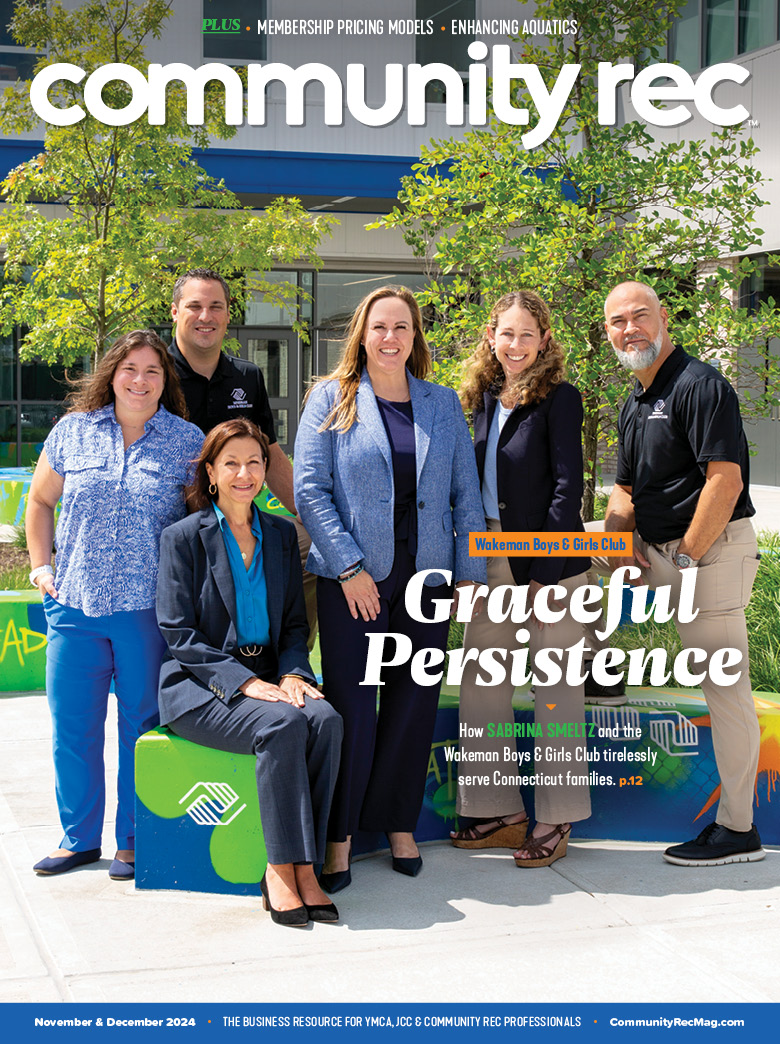International Water Safety Day, held annually on May 15, helps spread drowning awareness and water safety education. In Part 3 of a three-part series, aquatics professionals in the industry share how they implement water safety awareness.
The job of a lifeguard can entail many things beyond simply watching the pool. Being tasked with multiple responsibilities, it’s easy to lose sight of what’s most important. This is why Erin Johnson, the aquatics director at the Auburn YMCA in Auburn, New York, redetermined the roles of her lifeguards.
“We are a one-guard facility, so we struggle with the functions that a lifeguard can carry out while lifeguarding, that are also important to overall safety,” said Johnson. “It was determined that the main function of lifeguards should be just that — watching the pool and patrons versus adding additional functions such as fitting life jackets or setting up the pool, etc.”
In addition to carrying out their main function, lifeguards also have monthly in-service trainings where they conduct scenarios and have discussions regarding possible aquatics safety situations. These trainings will sometimes include members to enhance the training experience of staff, and to better educate participating members in water safety.
These collaborative trainings are part of why Johnson encourages continued conversations with members. “Get to know the members, and they will feel comfortable having those conversations,” she said.
Conversations with members open up more possibilities and scenarios for staff to consider and train for. Johnson also suggests asking questions and hearing their concerns.
The bottom line is the Auburn YMCA implements pool safety by sticking to their convictions and maintaining communication. “There are times that it can be difficult, but if you keep lines of communication open with aquatics staff, overall staff and members, it will get easier,” said Johnson.










